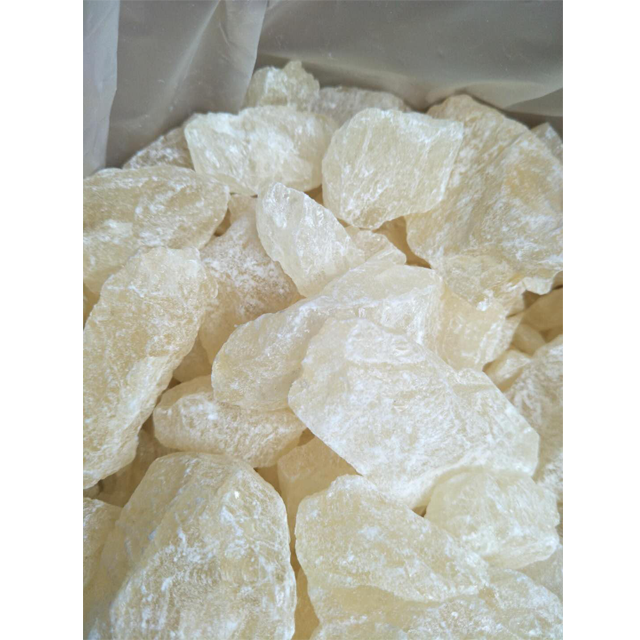1. Optical fiber transceivers are mainly applied to the network. One end is connected to the optical fiber, and the other end is connected to the switch, mainly the network signal.
Optical transceivers can transmit video signals, 485 control signals, network signals, alarm signals, audio signals, and digital signals. The optical transceiver on the monitoring is generally: one end of the optical transmitter is connected with the camera, and the other end is connected with the optical fiber. One end of the optical receiver is connected with the optical fiber, and the other end is connected with the display device.
2. There are two kinds of conventional optical transceivers: 1. The PDH optical transceiver transmits data signals. 2, video optical transceiver used to transmit video surveillance signals,
This type of optical transceiver is a receiver (receiver and transmitter) receiver (ie, a video receiver) whose main function is to convert an optical signal into an electrical signal (D/A).
The main function of the transmitter, which is the video transmitter, is to convert electrical signals into optical signals (A/D).
Fiber Transceiver. In front of the optical transceiver is used to transmit video signals. So the fiber optic transceivers are used to transmit Ethernet signals. Although they are all optical-to-electrical converters, the protocols and principles of electrical signals are not the same, and the signals transmitted in the optical paths are also different.
3. One end of the fiber optic transceiver is connected to the optical transmission system, and the other end (user end) is a 10/100M Ethernet interface. Optical fiber transceivers are all to achieve the photoelectric signal conversion. The main principle of fiber optic transceivers is that optical fiber transceivers implemented by optical coupling generally have the following basic features.
1. Provides ultra-low latency data transmission.
2. Fully transparent to network protocols.
3. The use of dedicated ASIC chips to achieve data line speed forwarding. The programmable ASIC integrates multiple functions on a single chip, which has the advantages of simple design, high reliability, and low power consumption, which can make the device get higher performance and lower cost.
4. The device uses a 1+1 power supply design to support an ultra-wide power supply voltage, enabling power protection and automatic switching.
5. Supports an ultra-wide operating temperature range.
6. Supports complete transmission distance (0 to 120 kilometers)
The optical transceiver is a device that converts multiple E1s (a data transmission standard for trunk lines, typically at a rate of 2.048 Mbps, which is adopted in China and Europe) into optical signals. Optical transceivers have different prices depending on the number of transmission E1 ports. Generally, the smallest optical transceiver can transmit four E1s. Currently, the largest optical transceiver can transmit 4032 E1.
Optical transceivers can transmit video signals, 485 control signals, network signals, alarm signals, audio signals, and digital signals. The optical transceiver on the monitoring is generally: one end of the optical transmitter is connected with the camera, and the other end is connected with the optical fiber. One end of the optical receiver is connected with the optical fiber, and the other end is connected with the display device.
2. There are two kinds of conventional optical transceivers: 1. The PDH optical transceiver transmits data signals. 2, video optical transceiver used to transmit video surveillance signals,
This type of optical transceiver is a receiver (receiver and transmitter) receiver (ie, a video receiver) whose main function is to convert an optical signal into an electrical signal (D/A).
The main function of the transmitter, which is the video transmitter, is to convert electrical signals into optical signals (A/D).
Fiber Transceiver. In front of the optical transceiver is used to transmit video signals. So the fiber optic transceivers are used to transmit Ethernet signals. Although they are all optical-to-electrical converters, the protocols and principles of electrical signals are not the same, and the signals transmitted in the optical paths are also different.
3. One end of the fiber optic transceiver is connected to the optical transmission system, and the other end (user end) is a 10/100M Ethernet interface. Optical fiber transceivers are all to achieve the photoelectric signal conversion. The main principle of fiber optic transceivers is that optical fiber transceivers implemented by optical coupling generally have the following basic features.
1. Provides ultra-low latency data transmission.
2. Fully transparent to network protocols.
3. The use of dedicated ASIC chips to achieve data line speed forwarding. The programmable ASIC integrates multiple functions on a single chip, which has the advantages of simple design, high reliability, and low power consumption, which can make the device get higher performance and lower cost.
4. The device uses a 1+1 power supply design to support an ultra-wide power supply voltage, enabling power protection and automatic switching.
5. Supports an ultra-wide operating temperature range.
6. Supports complete transmission distance (0 to 120 kilometers)
The optical transceiver is a device that converts multiple E1s (a data transmission standard for trunk lines, typically at a rate of 2.048 Mbps, which is adopted in China and Europe) into optical signals. Optical transceivers have different prices depending on the number of transmission E1 ports. Generally, the smallest optical transceiver can transmit four E1s. Currently, the largest optical transceiver can transmit 4032 E1.
Musk Ketone,Very good, versatile musk with a strong resemblance to musk ketone in its odour and performance. Has the advantage over Musk Ketone of being liquid (where Musk Ketone is a difficult to dissolve solid) and contains no Musk Xylol traces.
Exellent versatile musk ,strong and resemblance to musk ketone in its odour and performance.


Musk Ketone
Musk Ketone,Musk Price,Musk Perfume,Cosmetics And Fragrances Musk
Gan Su Original Flavor Co.,ltd , https://www.futureperfume.com